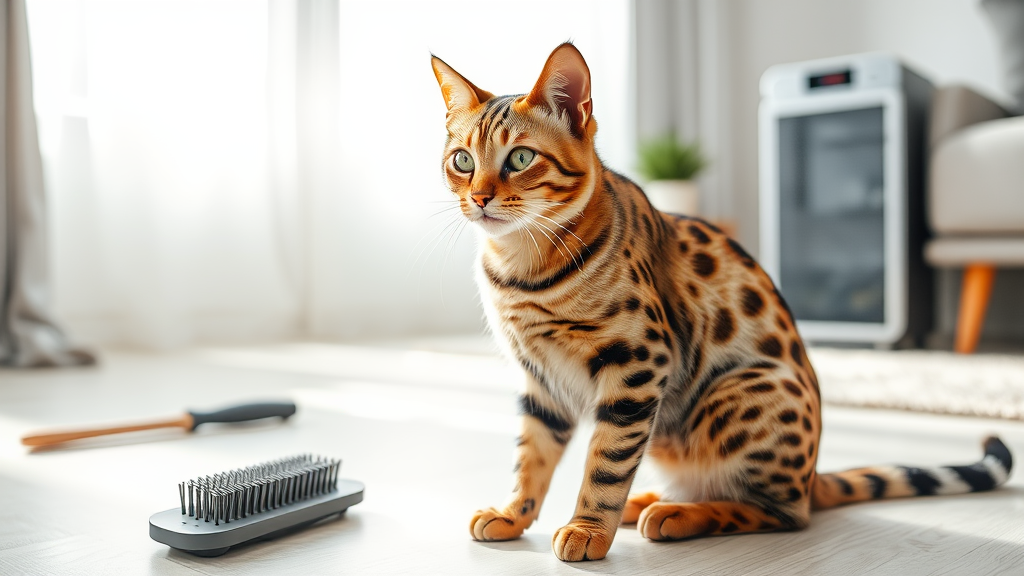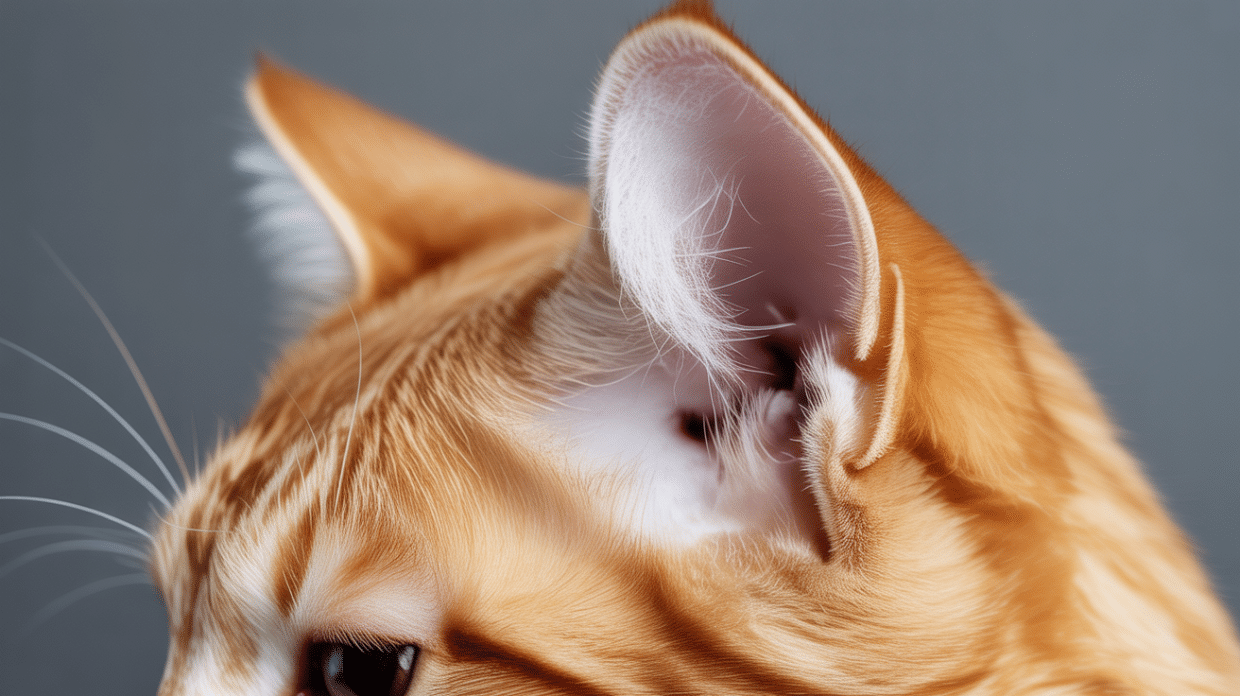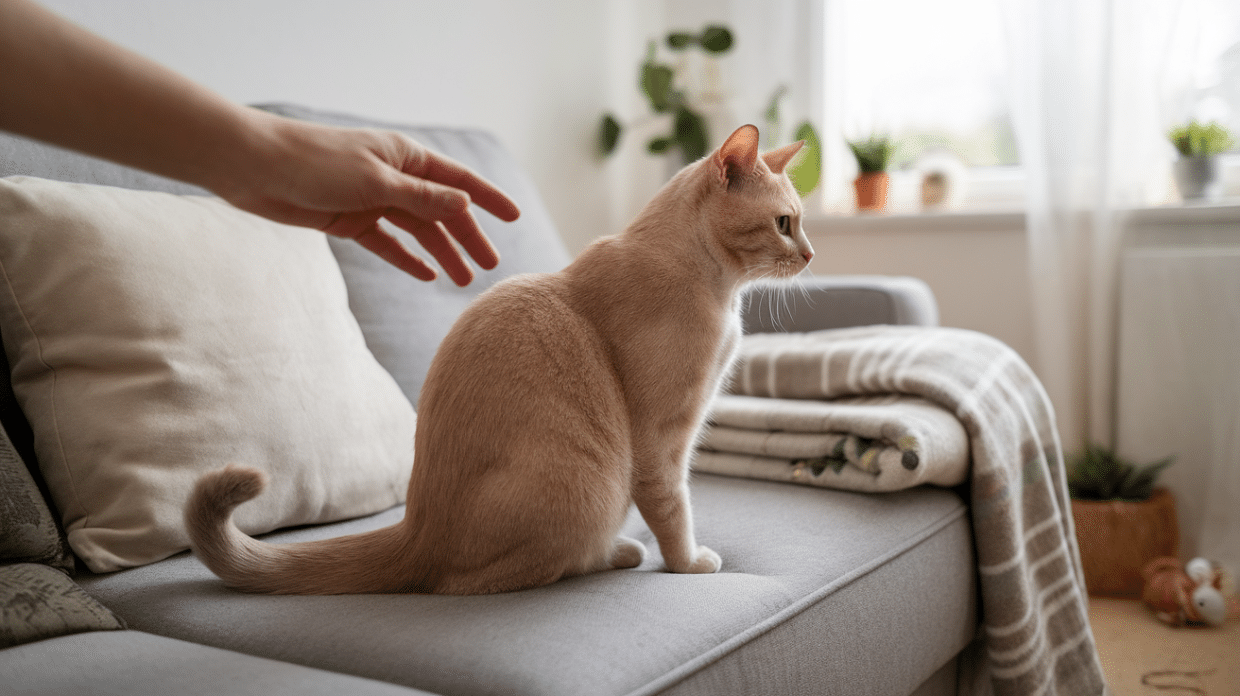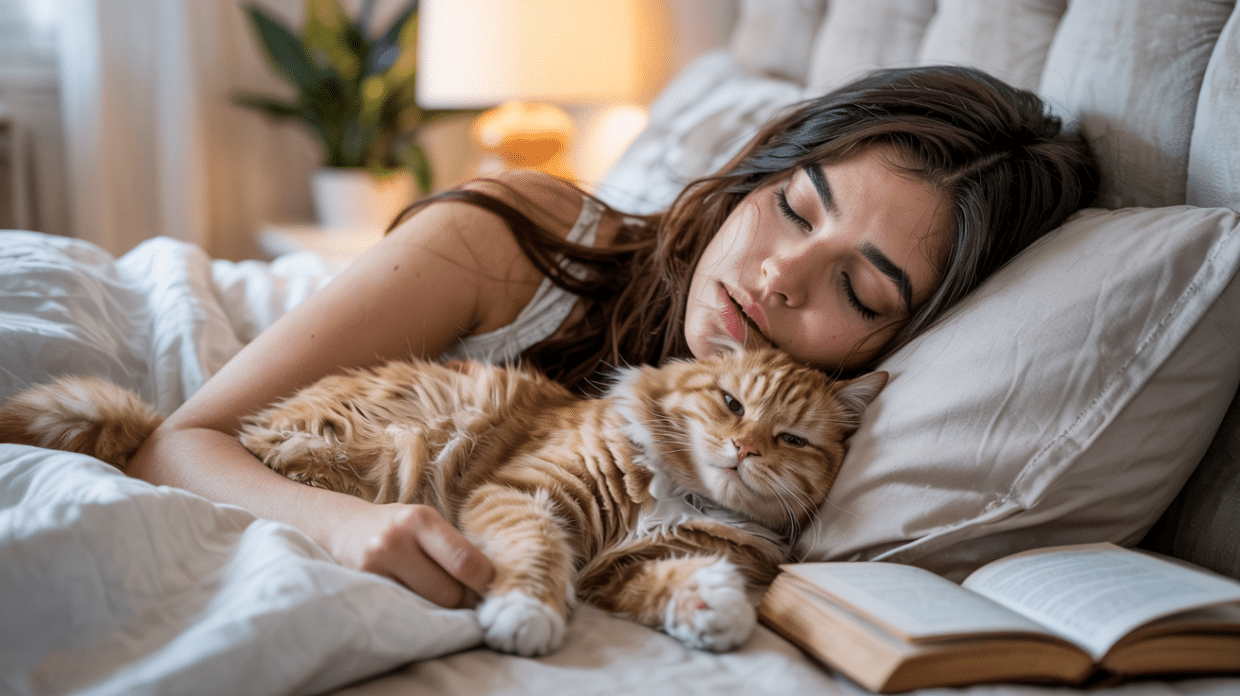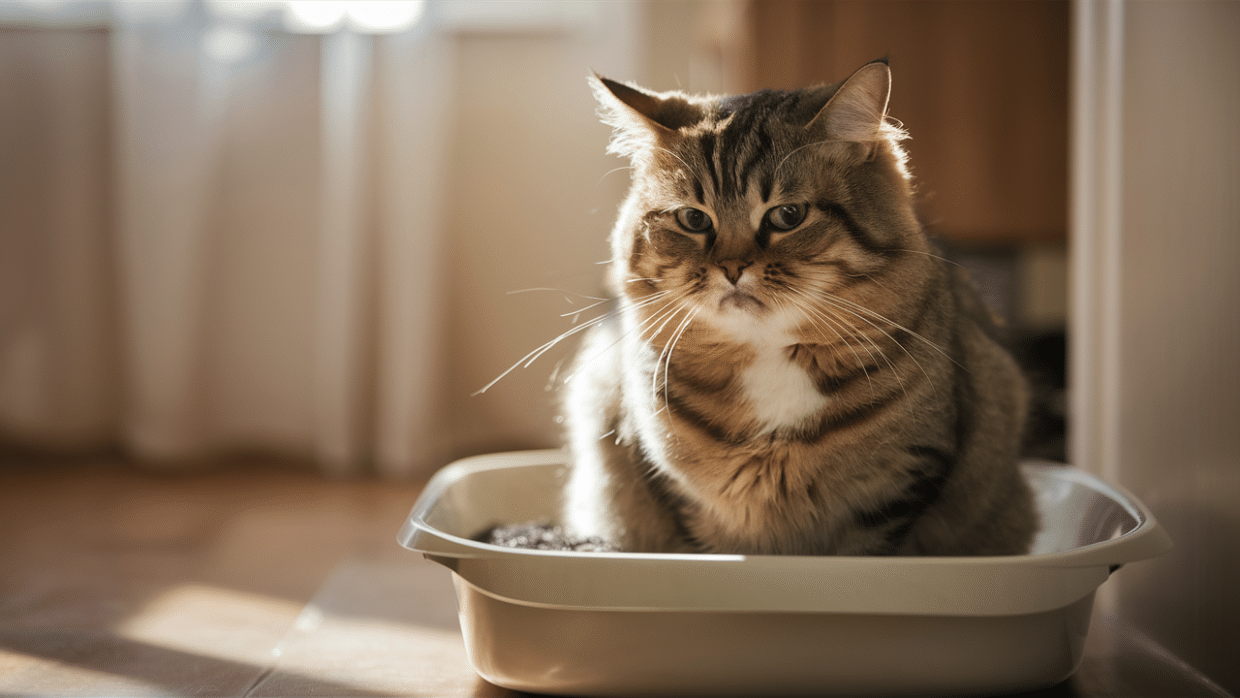Are you thinking about a Bengal cat but concerned about fur? Here’s what to expect.
Bengals shed less than many cat breeds. Their short, close-to-body coats mean less hair around your home. While not non-shedding, they require less cleanup than fluffy breeds.
They still need weekly brushing to keep their coats healthy and reduce loose hair. During seasonal changes, you might notice slightly more shedding.
Bengals may cause fewer reactions for those with mild allergies, though they’re not truly hypoallergenic.
With basic grooming, fur management with these striking cats is quite simple.
Do Bengal Cats Shed?
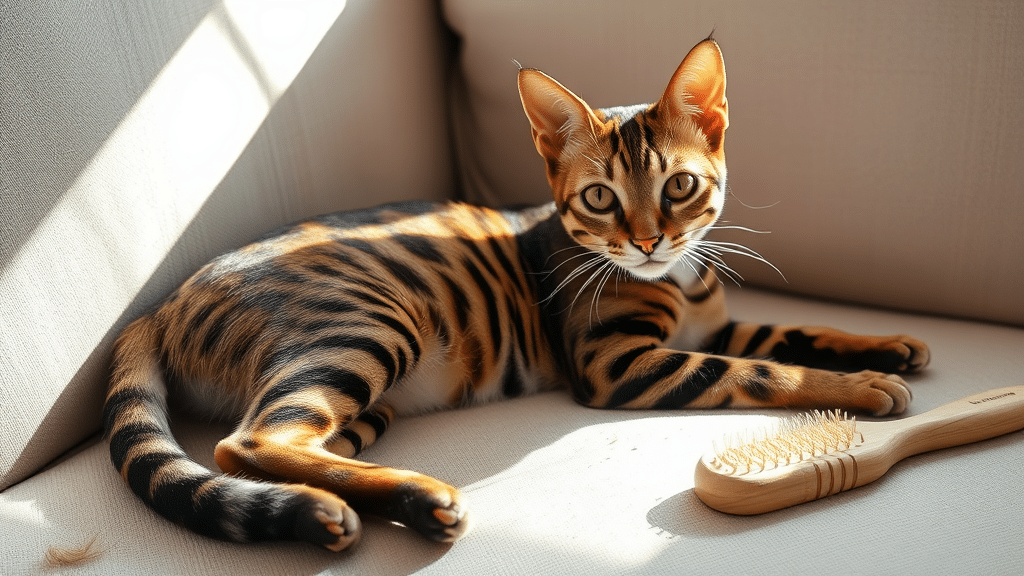
Bengal cats do shed, but they shed less than many other cat breeds. Their short, fine coat means you won’t notice as much hair around your home.
Their shedding can change based on the time of year, with more hair loss during spring and fall. The health of your Bengal also affects how much they shed – cats with good nutrition and regular grooming drop less fur.
A balanced diet rich in omega fatty acids can help keep shedding to a minimum. Regular brushing once a week is enough to manage their coat.
How Much Do Bengals Shed Compared to Other Cats?
Bengal cats shed less than long-haired breeds like Maine Coons or Persians.
When you compare them to other short-haired cats like Siamese, their shedding is about the same amount.
What makes Bengals different is their coat texture – a special feel that helps loose fur stay less visible on furniture and clothes.
This means even when they shed, you might not notice it as much as with other cats.
Their unique coat pattern and texture come from their wild Asian leopard cat ancestry, giving them a softer, more sleek coat that doesn’t trap as much loose hair.
Why Do Bengals Shed?
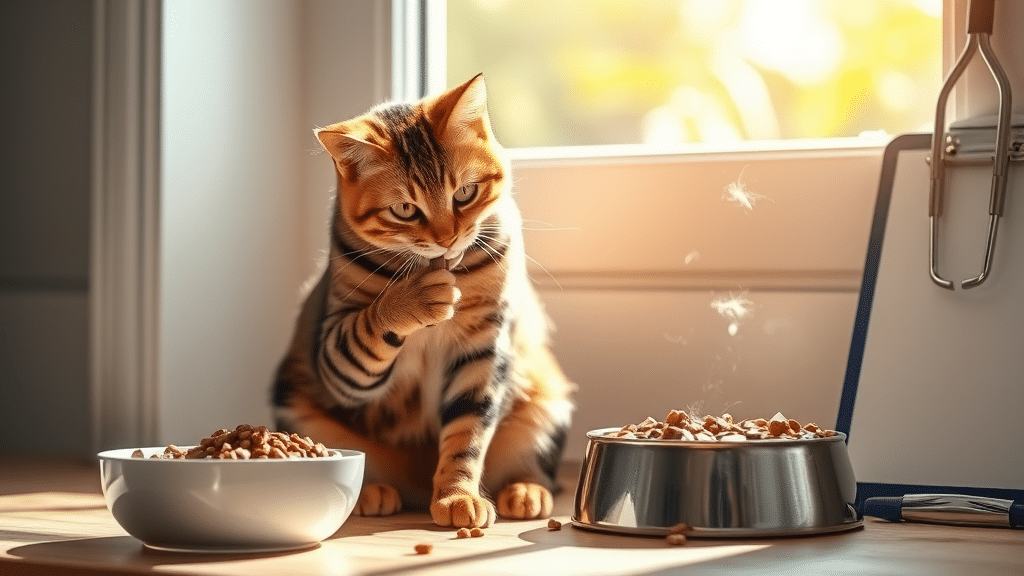
1. Seasonal Changes
As daylight hours change, Bengal cats shed more during spring and fall. This natural process helps them grow thicker coats for winter and lighter coats for summer. Their bodies respond to light changes by releasing old fur.
2. Diet & Nutrition
A diet lacking essential nutrients can cause Bengal cats to shed too much. For healthy skin and fur, cats need proper protein, fats, and vitamins. Good quality food reduces excess shedding.
3. Health Issues
Stress, allergies, and skin problems can make Bengals shed more than normal. These issues irritate their skin, causing hair loss. Medical conditions might need vet care to fix unusual shedding patterns.
4. Age
Bengal kittens shed their soft baby fur as they grow up. This happens around 3-6 months when their adult coat grows. This one-time change is normal as they develop their mature coat.
How to Manage Bengal Shedding?
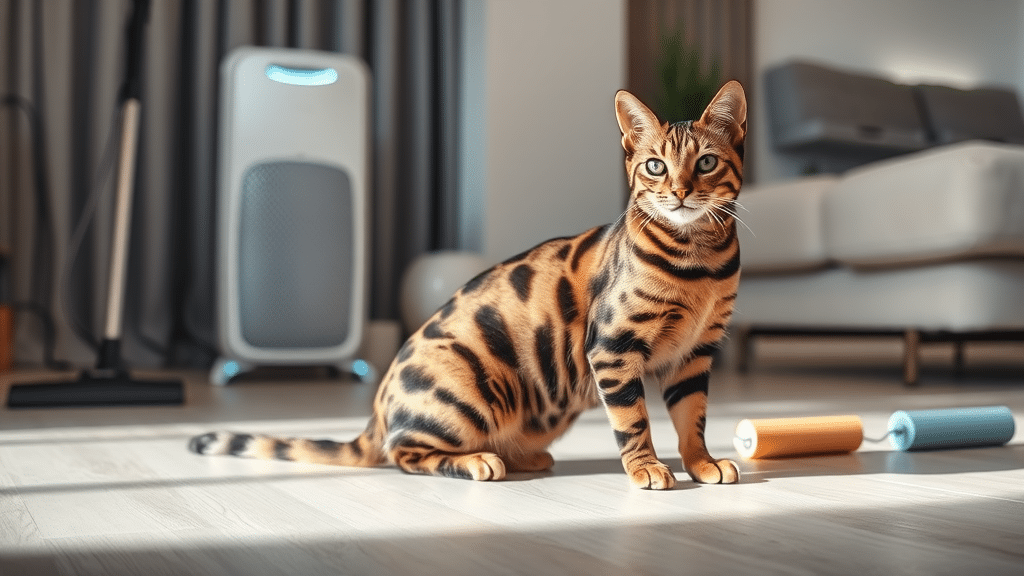
1. Regular Grooming
Brush your Bengal cat once a week with a soft rubber brush or mitt. This removes loose fur before it ends up on your furniture. Quick five-minute sessions work well, as most Bengals enjoy the attention.
2. Healthy Diet
Feed your Bengal high-quality food rich in protein and omega-3 fatty acids. These nutrients build strong, healthy fur that sheds less. Fish oil supplements can also help improve coat condition when added to meals.
3. Hydration
Make sure your Bengal drinks enough water daily. Dry skin causes more shedding, so always keep fresh water available. Some cats prefer running water from pet fountains, which may help them drink more.
4. Environmental Factors
Keep your home calm and clean to reduce Bengal shedding and lower stress by maintaining routines and providing hiding spots. Use air filters to remove dust and pollen that might irritate your cat’s skin and cause extra fur loss.
Do Bengal Cats Trigger Allergies?
Bengal cats do produce allergens like other cats. The main cat allergen, Fel d 1, comes from their saliva, skin oils, and urine – not just their fur.
Since Bengals shed less than many other cats, you might have less exposure to these allergens in your home.
This can help some people with mild cat allergies but won’t completely stop reactions for those with serious allergies.
Regular cleaning helps manage allergies. Vacuum often, wash your hands after petting, and keep your Bengal out of bedrooms.
Air purifiers with HEPA filters can also catch tiny allergen particles that float in your air.
Wrapping Up
Bengal cats do shed, but much less than many other cat breeds.
Their short, fine coat and unique texture mean less noticeable fur around your home.
While seasonal changes, diet, health, and age affect how much your Bengal sheds, regular grooming, good nutrition, proper hydration, and a clean home environment can keep shedding under control.
Though they still produce allergens, Bengals might be a better option for allergy sufferers than heavy-shedding breeds.
With simple care routines, Bengal shedding is easy for most cat owners to manage.
Frequently Asked Questions
Can Bengal Cats Become Completely Non-Shedding?
No, all cats shed at least some fur. Bengals shed less than many breeds but never stop completely.
Do Bengal Kittens Shed More than Adult Cats?
Only when they lose their baby coat around 3-6 months. Otherwise, kittens shed similarly to adults.
Will Spaying/Neutering Affect How Much My Bengal Sheds?
Hormonal changes after these procedures might slightly increase shedding temporarily, then normalize within weeks.
Can I Shave My Bengal to Reduce Shedding?
Not recommended. Their coat protects their skin, and shaving disrupts natural temperature regulation.

